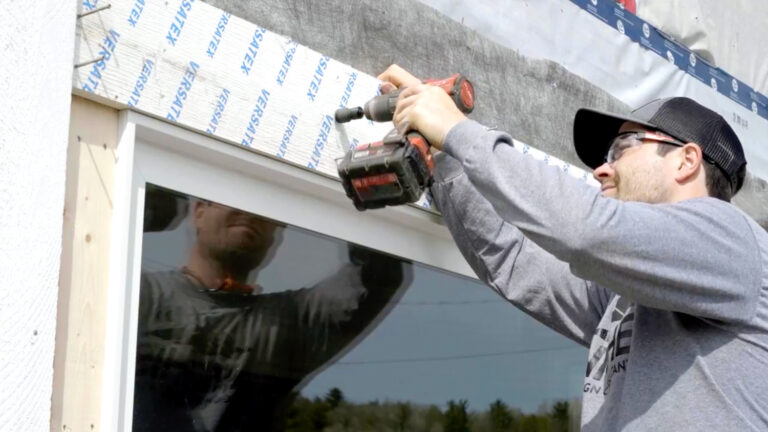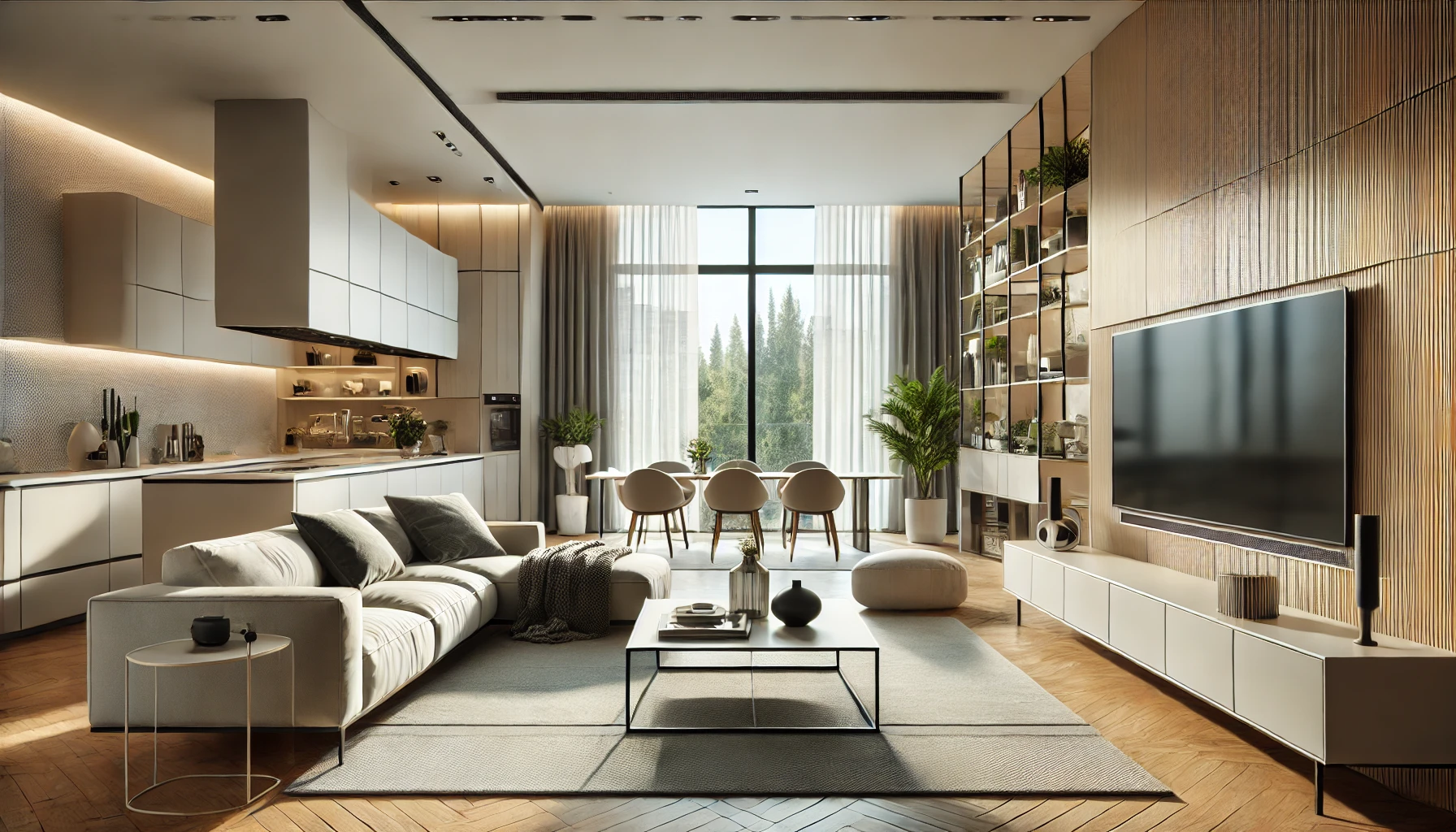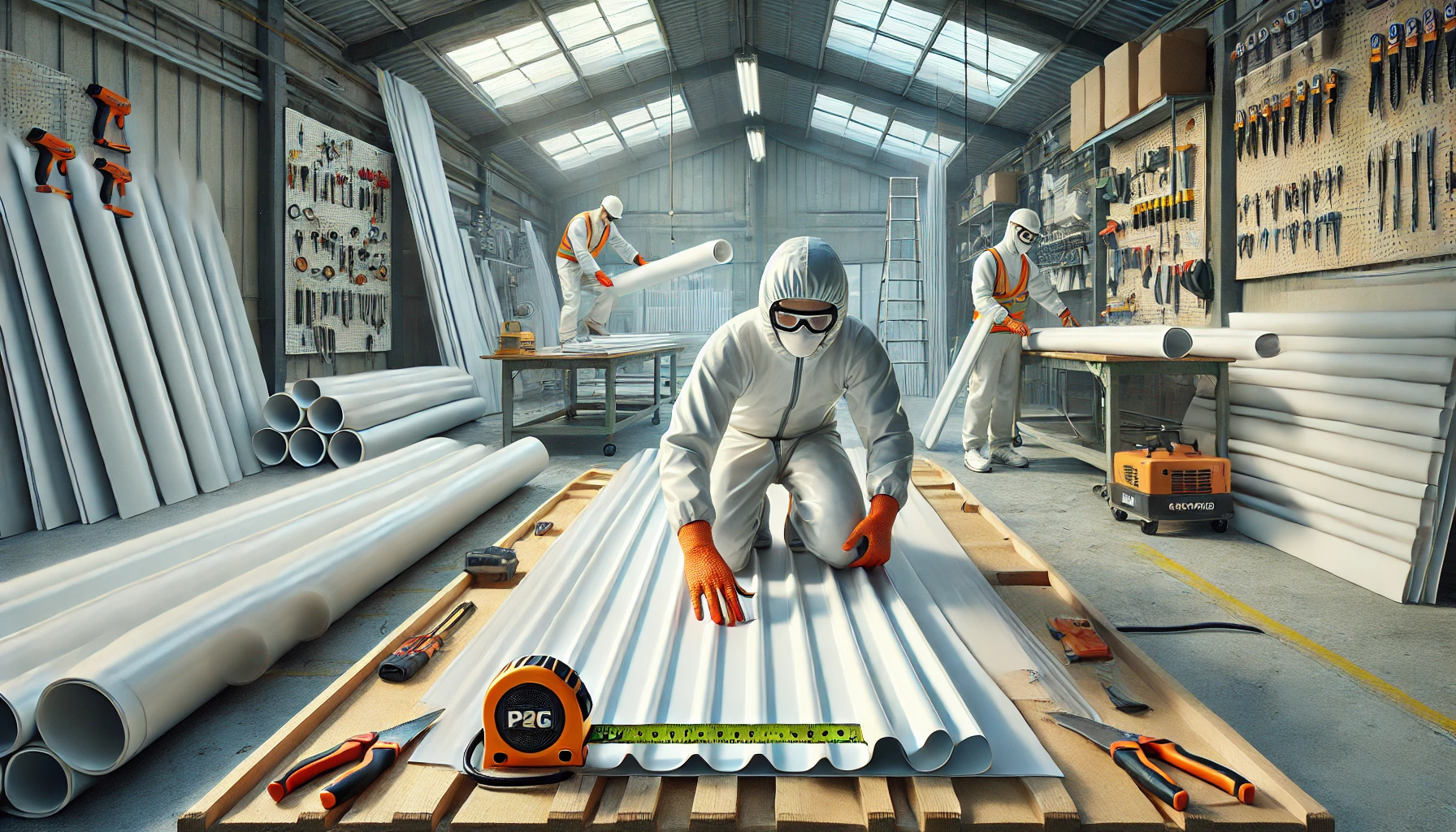At Coastal Custom Products, we pride ourselves on providing eco-friendly and sustainable building materials to meet the growing demand for green construction solutions. Our range of PVC products has become increasingly popular due to their durability, versatility, and environmental benefits. PVC, or polyvinyl chloride, is a synthetic plastic polymer that is widely used in various construction applications, from piping to siding, thanks to its resilience and low maintenance requirements.
In this blog post, we aim to equip you with essential tips and tricks for the seamless installation of PVC products in any project. Whether you’re a seasoned contractor or a DIY enthusiast, understanding the nuances of working with PVC can significantly enhance the efficiency and quality of your installations. We will cover everything from pre-installation planning to post-installation maintenance, ensuring that you can maximize the benefits of PVC in your construction endeavors.
Understanding PVC Products

Types of PVC Products
PVC products come in various forms, each designed for specific applications. The most common types include PVC pipes, used extensively in plumbing and drainage systems; PVC siding, which offers a low-maintenance alternative to traditional wood or vinyl siding; PVC flooring, known for its water resistance and durability in high-traffic areas; and PVC decking, which provides a long-lasting, weather-resistant option for outdoor spaces. Understanding the unique properties and best uses for each type of PVC product is crucial for selecting the right materials for your project.
Advantages of Using PVC
One of the primary advantages of PVC is its environmental sustainability. PVC is recyclable, and its production requires less energy compared to many other building materials. Additionally, PVC products are highly durable, resisting corrosion, rot, and pests, which means they have a longer lifespan and require less frequent replacement. This durability translates to lower long-term costs and reduced environmental impact. PVC is also lightweight, making it easier to handle and install, further reducing labor costs and installation time.
Preparing for Installation

Pre-Installation Planning
Successful PVC installation begins with thorough planning and site assessment. Start by evaluating the project area to identify any potential challenges, such as uneven surfaces or existing structures that may need to be adjusted. Create a detailed plan outlining the steps of the installation process, and ensure you have all the necessary tools and materials on hand, including PVC-specific adhesives, fasteners, and cutting tools. Safety is paramount, so always use appropriate personal protective equipment (PPE) such as gloves, safety glasses, and masks to protect against dust and debris.
Measuring and Cutting PVC
Accurate measurement and cutting are critical to ensuring a precise fit and reducing material wastage. Use a tape measure and a carpenter’s pencil to mark cutting lines clearly. For cutting, a fine-toothed saw or a PVC cutter can provide clean, smooth edges. Always double-check measurements before making cuts to avoid errors. It’s also helpful to practice cutting on a scrap piece of PVC to get a feel for the material and the cutting tools.
Installation Tips and Tricks

Joining and Sealing PVC
Proper joining and sealing of PVC products are essential for a durable and leak-proof installation. For PVC pipes, solvent welding is a common method where a special solvent cement is applied to the pipe ends, which then chemically bonds the pieces together. Ensure that the pipe ends are clean and dry before applying the cement. For panels and sheets, mechanical joining methods such as screws or clips can be used, but it’s important to avoid over-tightening, which can cause cracking. Use silicone or other suitable sealants to ensure watertight joints.
Fastening and Securing PVC
Choosing the right fasteners and adhesives is crucial for a secure installation. Stainless steel or coated screws are recommended for exterior applications to prevent rusting. When using adhesives, select those specifically designed for PVC to ensure a strong bond. Apply adhesives evenly and follow the manufacturer’s instructions for drying times. For added security, especially in high-wind areas, additional bracing or support may be necessary to keep PVC panels firmly in place.
Dealing with Expansion and Contraction
PVC materials can expand and contract with temperature changes, so it’s important to accommodate this movement during installation. Leave small gaps between panels or pipes to allow for expansion. Use flexible sealants that can stretch and compress without cracking. In areas with extreme temperature variations, consider using expansion joints to prevent stress and potential damage to the PVC products.
Post-Installation Considerations
Inspection and Quality Assurance
After installation, a thorough inspection is essential to ensure that everything is correctly installed and meets quality standards. Check for secure fittings, proper alignment, and any signs of damage or incorrect installation. Address any issues immediately to prevent future problems. Regular quality checks can also help maintain the integrity of the installation over time.
Maintenance Tips
PVC products are low-maintenance, but regular upkeep can extend their lifespan and keep them looking their best. Clean PVC surfaces with mild soap and water to remove dirt and grime. Avoid using abrasive cleaners that can scratch the surface. Inspect joints and seals periodically and reapply sealants if necessary. For outdoor applications, check for signs of UV damage and consider applying a UV-resistant coating if needed.
Conclusion
In this blog post, we’ve covered essential tips and tricks for the seamless installation of PVC products. From understanding the types of PVC products and their benefits to detailed installation techniques and post-installation maintenance, following these guidelines will help ensure a successful project. Proper planning, precise measurement, and attention to detail are key to maximizing the performance and longevity of PVC materials.
We invite you to explore Coastal Custom Products’ extensive range of PVC products designed to meet the highest standards of quality and sustainability. For more information, visit our product pages or contact our team of experts who are ready to assist with your specific project needs. Share your experiences and any additional tips in the comments below – we would love to hear from you!



